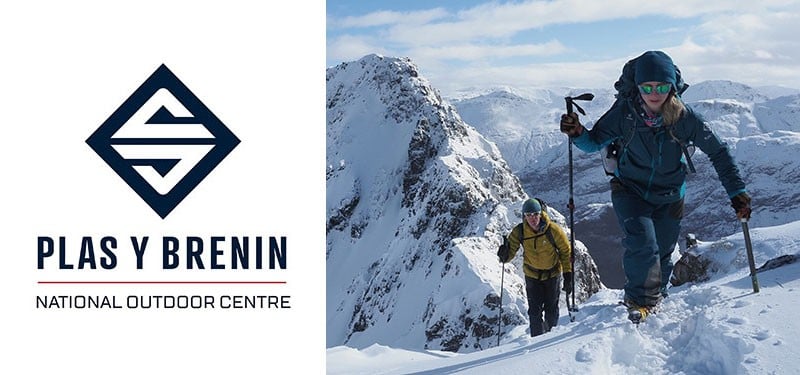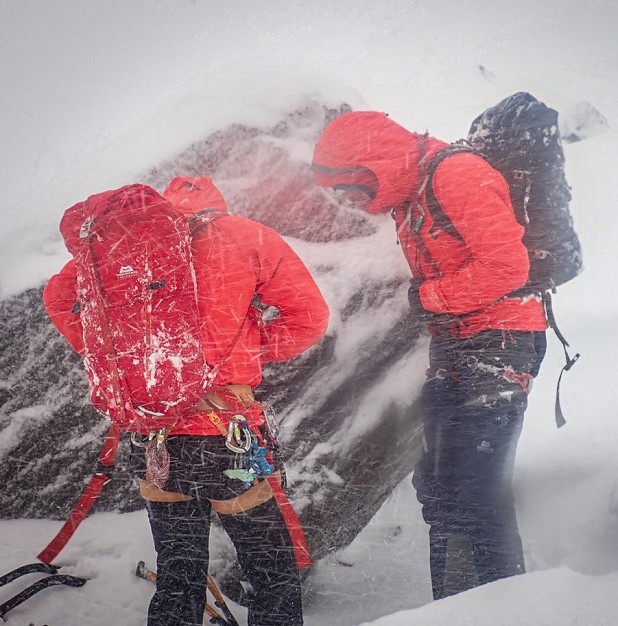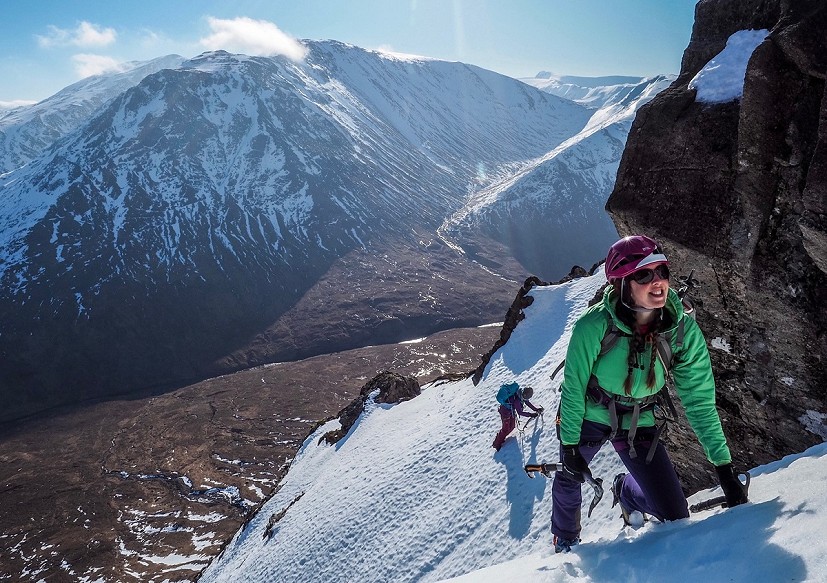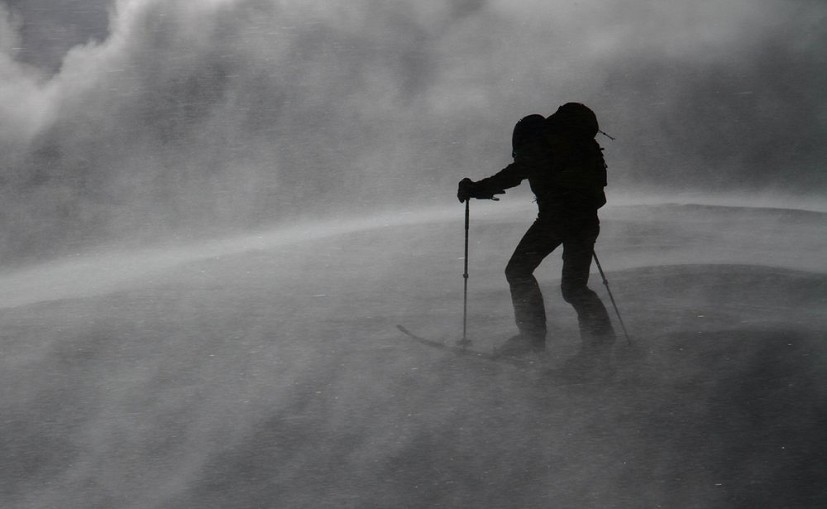Part 2 – What to Look For in the Weather Forecast
In part one I suggested which websites you might use to find mountain specific weather forecasts. We have a lot of data and predictive advice at our fingertips these days, but for the end user the the trick is knowing what to look for in the text.
Here are the key questions to ask of the information presented in the forecasts:
Currency
When was it published? The more recent the forecast and the shorter the forecast period, the more accurate it'll be. The Met office update early in the morning, and MWIS in the middle of the day.
Confidence
Some forecasts suggest the reliability of the predictions, this is really handy. If confidence is high, then you're winning, and you can make the most of what's predicted. If confidence is low, then it's worth reigning in your ambitions and playing things more conservatively.
Improving / deteriorating?
Does it sound like things are due to get better, or worsening? At what time can you expect bad things to kick off? It might be worth setting off earlier, or sometimes even slightly later to avoid the worst of the weather.
High / low pressure?
High pressure gives largely reliable and predictable weather. Low pressure is less ideal, giving less stable and less predictable weather.
Wind
Wind has arguably the greatest impact on outdoor activities. Rain can make things miserable, and the cold can make things unpleasant, but strong winds can be the most challenging or even dangerous of weather conditions. Strong winds sap energy, adding time and workload to your day. A gust may come unexpectedly, and knock you over. This may turn out fine on a grassy hillside, but could potentially be very serious on steep or exposed terrain, where it could blow you off a ridge or cliff.
Wind speed
The forecasts give two wind speeds, average and gusting. Both are important, but I think most attention should be paid to the gusts. Wind speeds of less than 40 mph are fairly manageable: they might be unpleasant to be out in all day, but shouldn't stop you from being out at all. However winds of more than 40 mph are a different kettle of fish...
As a rough guide, winds of:
- 40 mph will knock you off balance and cause you to stumble.
- 50 mph can blow you over if you're not balanced or braced.
- 60 mph will blow most people over outright.
- 70 mph flattens you immediately.
- 80 mph will force you to crawl – you're not standing up in this!
- 90 mph makes crawling difficult, rocks may even be picked up and thrown about.
- 100 mph could blow you off the mountain!
As soon as winds over 40 mph are forecast, I think carefully about planning a route that keeps me out of the worst of it. Battling strong winds is hard physically, and it's also mentally tiring. When combined with rain, there's a much higher chance of suffering hypothermia.
Wind direction
It is essential to consider wind direction. There could be winds over the summits, but with some thought, and a good study of the map, it might be possible to escape them altogether if you're climbing in a tucked-away venue, or tackling a hill via a sheltered flank.
Let's imagine a strong northerly wind blowing onto a mountain. A northerly wind is coming from the north and blowing in a southerly direction.
- The northerly aspect of the mountain would be termed the windward side. This will bear the full brunt of the wind.
- The southerly aspect would be termed the leeward side. This will be the most sheltered aspect, as it's protected by the northern side.
- The eastern and western aspects will be windy, but they probably won't be quite as windy as the northern aspects.
It is worth knowing that it's generally two to three times as windy on the summits as in the valley. Staying low is always a good shout if strong winds are predicted.
And if you do head high, seeking the most sheltered locations may not always be a good decision. Winds of 15 mph or more will transport any loose snow, taking it from windward aspects and depositing it on leeward. This process results in considerable amounts of snow building up in sheltered locations. You can expect to find cornices and windslab formation on these aspects: this is where avalanches commonly occur. The following articles will consider avalanche in more detail.

Precipitation
The main things to look for are;
- The likelihood of precipitation
- How heavy it will be
- How long it will go on for
- When it's forecast to happen.
The type of precipitation you'll encounter will have a big impact on your day. During the summer precipitation can make things a bit miserable, but it's often not that big a problem. In the winter though, precipitation can have a profound effect on the safety and viability of a day.
New snow of any amount, if accompanied by wind, can increase the avalanche risk markedly. Equally, heavy rain falling onto snowslopes will reduce their stability and possibly trigger large avalanches. This information will be given in the avalanche forecast, but it's worth having a rough understanding for yourself of how everything links together.
Sometimes, a particularly disgusting event can occur... that of setting off from the car park in torrential rain and then walking uphill to the freezing level... it's pretty grim, especially if you end up standing still for any length of time!
It's also worth considering that heavy snow, or even light snow with wind, will make navigating very tricky. Visibility can quickly reduce to mere metres, having excellent navigational skills is essential when it's like this, and having confidence in them is even more important!
Temperature
The temperature will obviously affect you with regards to comfort, but it's also important to consider its effect on the snow – will it make it icy / slushy etc. If the freezing level was at 850 metres and an ice climb you wanted to do begins at 700 metres, then clearly it won't be a great idea! On the other hand, if the freezing level has dropped overnight then yesterday's slushy ground may now be hard-frozen, and crampons may be essential for safe progress - something for hillwalkers to bear in mind.
- Both MWIS and the Met Office give temperature predictions for a particular height (900m for Scottish mountains, 750m in the Lake District). Forecasts also note how high the freezing level is for that day.
- The forecast may state freezing level above the summits. This means that it's warmer than 0°c on the summits in the forecast area.
- If there's any wind it'll make things feel much colder, especially if you're already wet.
You can roughly expect it to become 1°c colder for every 150 metres of height gain. So if the freezing level is forecast to be at 300 metres, then the slopes below will be above freezing, and those above will be colder:
| -4°c at 900 metres (termed Munro level in forecasts) |
| -3°c at 750 metres |
| -2°c at 600 metres |
| -1°c at 450 metres |
| FREEZING LEVEL: 0°c at 300 metres |
| +1°c at 150 metres |
| +2°c at 0 metres (sea level) |
Visibility
The forecasts will suggest how good the visibility will be. Poor visibility makes navigating and route finding significantly more difficult. In summer conditions, getting lost is generally annoying, but rarely serious. Winter differs greatly in this respect. The difference of 20 metres could mean the difference between being avalanched or falling through a cornice, so mistakes can have sadly fatal consequences.
Visibility can deteriorate due to a number of factors; cloud, precipitation, blizzards and darkness. Sometimes you may be lucky enough to encounter all of them simultaneously! It's worth thinking about which ones you may be up against and how you might counter them, such as having goggles for blizzards and a good headtorch for darkness.
Excellent and well-practiced navigation skills are essential for getting about in the winter environment. It's good to think about who you'll be out with on a given day, taking into account how well they can navigate, and how much they know about safe travel and avalanche avoidance. If visibility is set to be poor, it's a good bet to change plans accordingly and venture into less demanding terrain.
- As well as understanding what to look for in the weather forecast, it's very important to be able to incorporate the information provided by the avalanche forecast. Part 3 of this series considers how to use the SAIS website.
All Plas y Brenin winter courses cover in detail the topics described in this series. Attending a course is probably the best way to develop the skills and understanding you'd want to head out in winter independently.
If you'd like to learn more about getting out in winter, Plas y Brenin are running a series of webinar sessions designed to give you the skills you need, and the majority of them are free to attend. Head over to www.pyb.co.uk/events to see what's on and register now.






